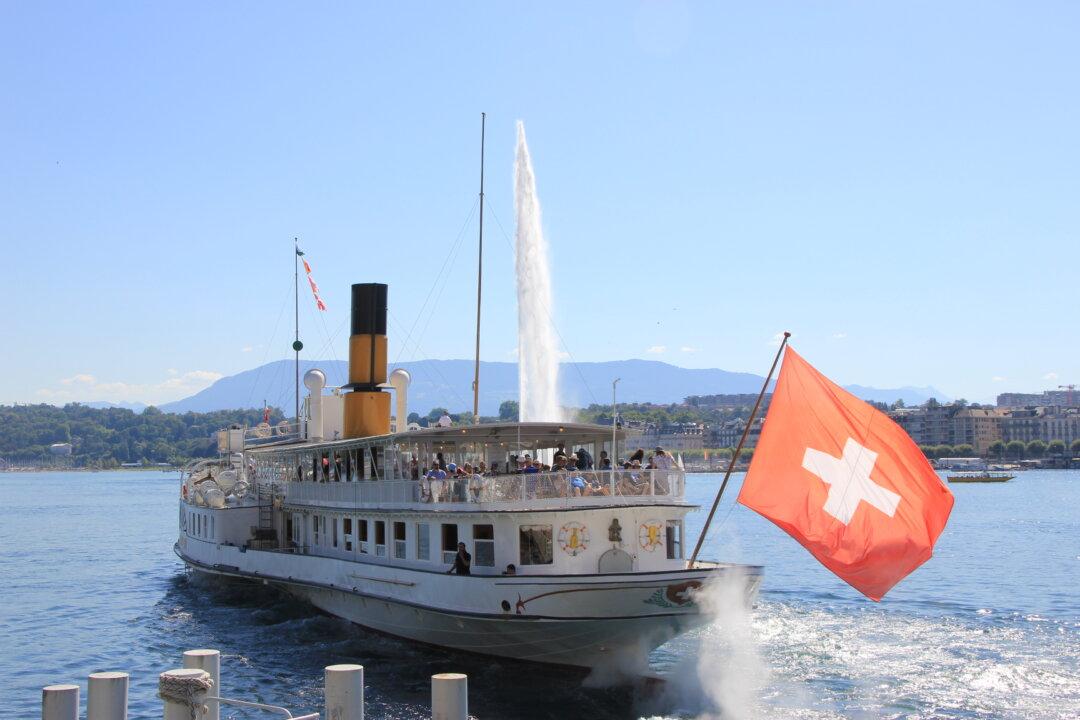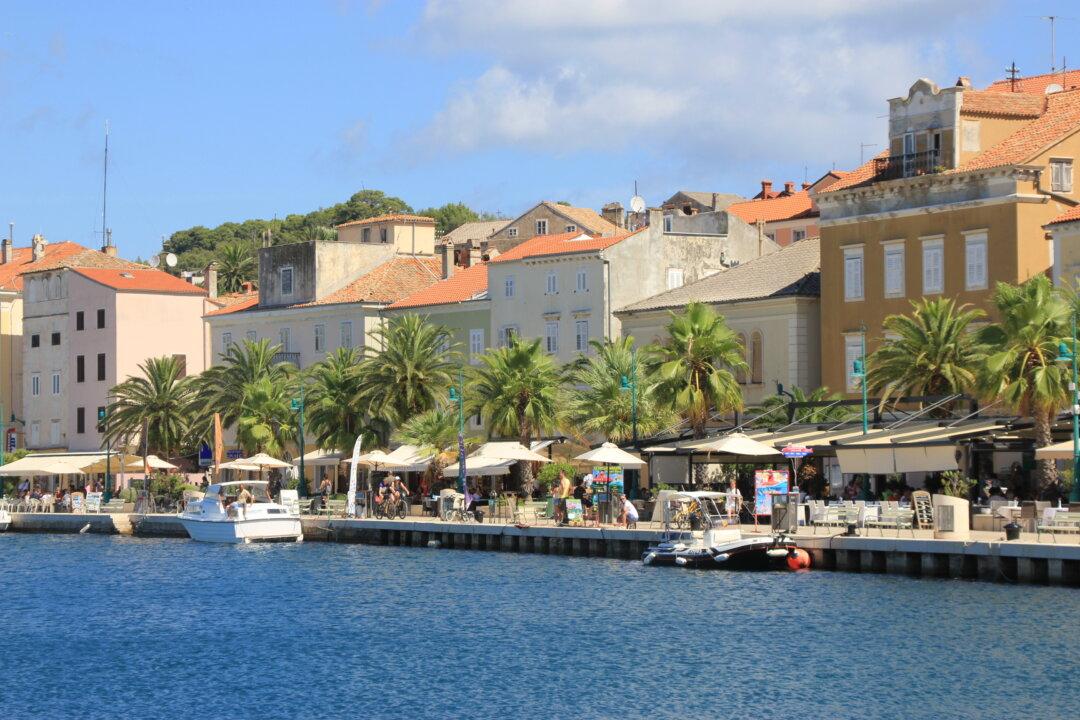Rhodes is probably best known as the island that was once home to the Colossus of Rhodes, a 98-foot-high statue of the Greek god Helios and one of the Seven Wonders of the World. Today, the tallest structure in ancient times has long disappeared, but the deer statues, where the colossus once stood, remain guarding Mandraki Harbour.
Like many places in the Mediterranean, Rhodes is hugely popular with visitors all year round. But opting for a spring break in April meant that I was avoiding the bigger crowds over the summer season. The water turned out much too cold for a swim, but there was so much to see and do, I was not tempted to take a lazy beach-side break for even a second.
History is all over the place on the largest of the Dodecanese islands, with the Crusaders as well as Ottoman and Italian invaders having left their lasting legacy in Rhodes Old Town. Further afield, the whitewashed villages, cobblestoned streets, and beach-side tavernas are quintessentially Greek.
Acropolis of Rhodes
When visiting a new place I like to get up high for a first overview, be it a castle tower, a skyscraper, or a mountaintop. In Rhodes, the ruins of the acropolis dominating the western part of the city just fit my bill. After a decent uphill walk in some 90° Fahrenheit, I stood in front of the remains of the Temple of Apollo, and as always, when encountering monuments of times long gone by, I felt reverence and admiration for the achievements of generations past.






